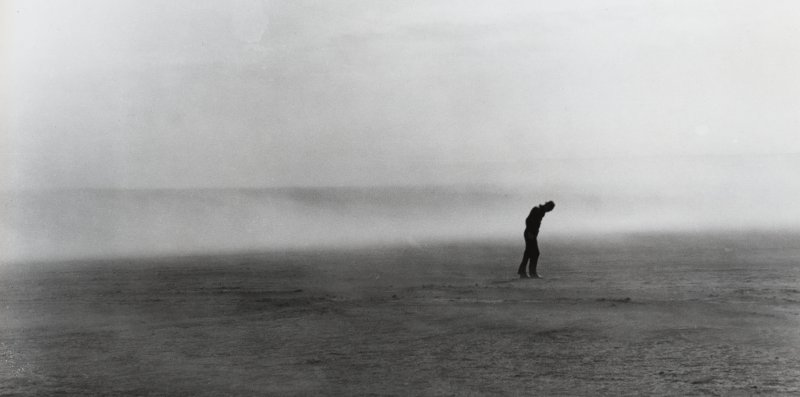The Worst Hard Time by Timothy Egan, USA, 2006
This book, subtitled The Untold Story of Those Who Survived the Great American Dust Bowl, should be compulsory reading for everyone. Not just Americans but everyone. The environmental disaster that coined the expression ‘dust bowl’ was not an accident of climate, it was caused by people, in the same way that similar environmental tragedies are occurring all around the globe.

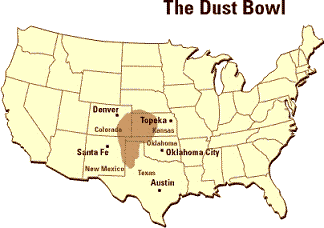
Having cleared the land, the white people then moved cattle on to the grasslands; they were confident that they were on the brink of a great success story. But the cattle were not bison, and when the winter came with freezing temperatures and cold winds many of them died. Obviously the grasslands could not be used for cattle production.
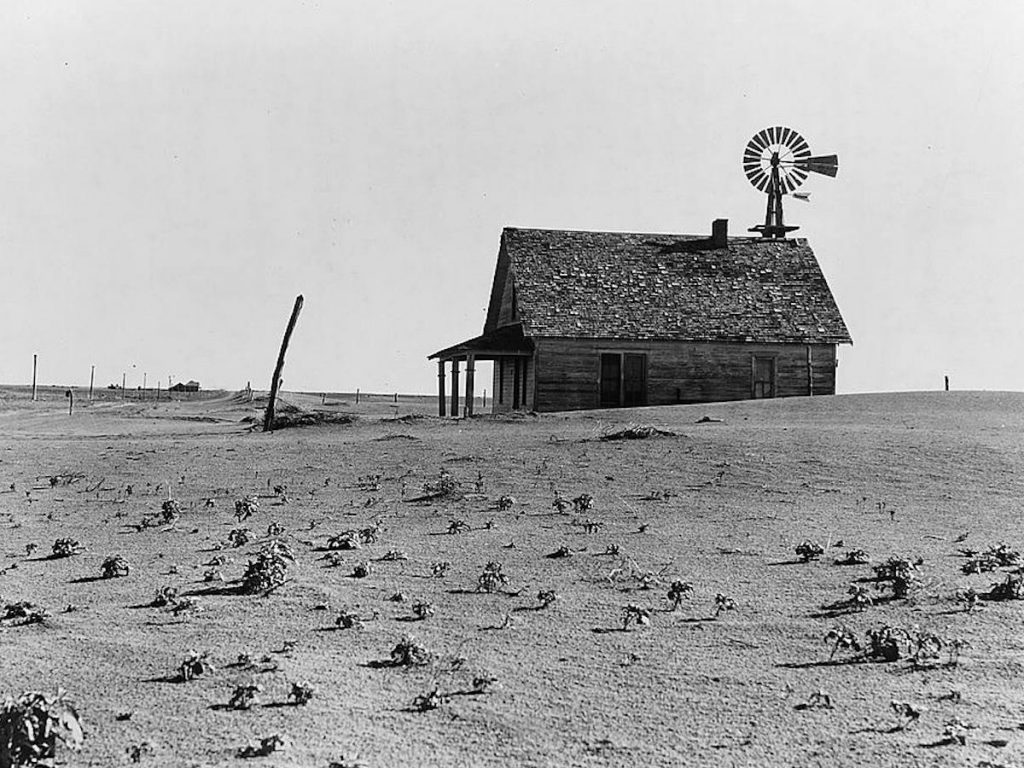
At the beginning of the twentieth century, the government encouraged people to take up farming lots across the plains. These people were referred to as ‘nestors’, and using horses and hand ploughs they began to plough up the grass to sow wheat and corn. As the years passed mechanical ploughs made the work easier, the weather was kind and the farmers extended their land lots again and again and again.
Uncommon rainfall patterns led to abundant crops and the farmers had no reason to believe that their good fortune would not continue. Then at the end of the 1920s the Depression hit the global economy and, at the same time across the High Plains, the rains dried up. The crops died and with no grass to hold the soil in place millions of tons of red and black soil blew across the continent in terrifying dust storms or ‘dusters’, leaving the grasslands bare. It is estimated that about one hundred million acres were completely denuded.
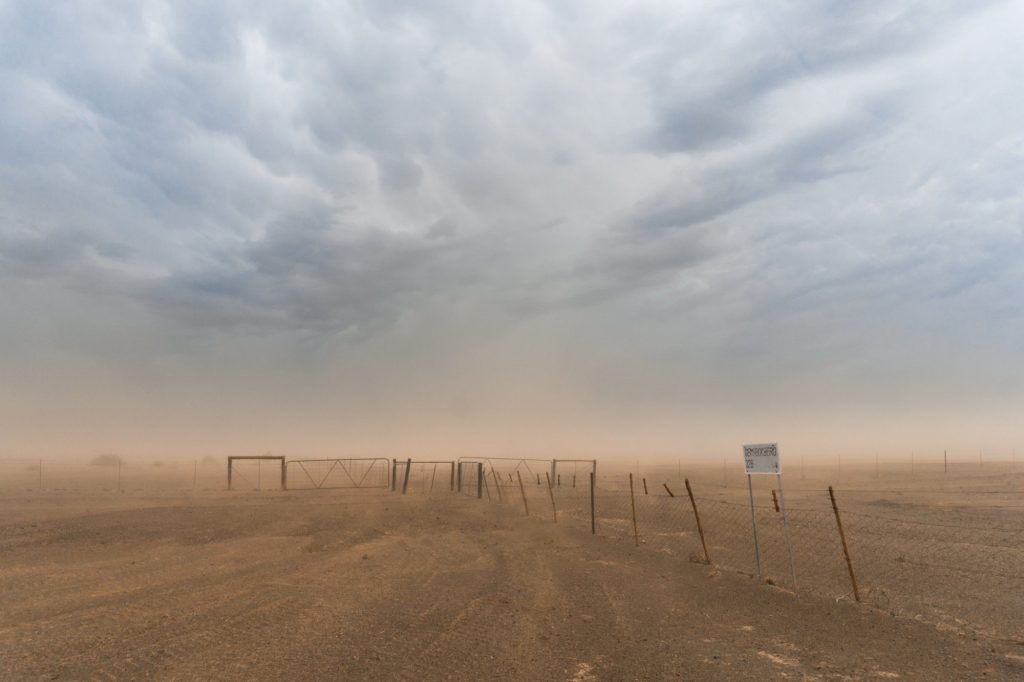
During the early 1930s, farms were eaten up by the dust, nothing grew, thousands died from dust pneumonia and starvation, and thousands more left the area only to discover that they were not welcome anywhere else. Two thirds of the entire area of the Great Plains was drifting. By the time F.D. Roosevelt came to power in 1933 some people were beginning to ask if the cause of the disaster was actually people using wrong farming methods. A man called Hugh Bennett definitely thought so, and he devoted much of his life to trying to do something to fix the problem. Roosevelt gave him his backing and organized the planting of millions of trees.
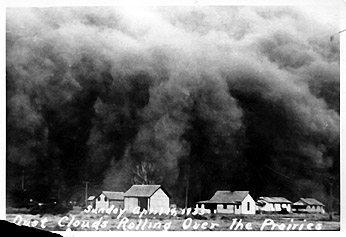
In other words, we do not seem to have learnt anything. All around the globe, huge tracts of forest and grasslands are being completely devastated on the altar of commercialism. Unless all countries unite to save the environment, The Worst Hard Time will be an established fact across the globe, and it will be too late to do anything about it.
